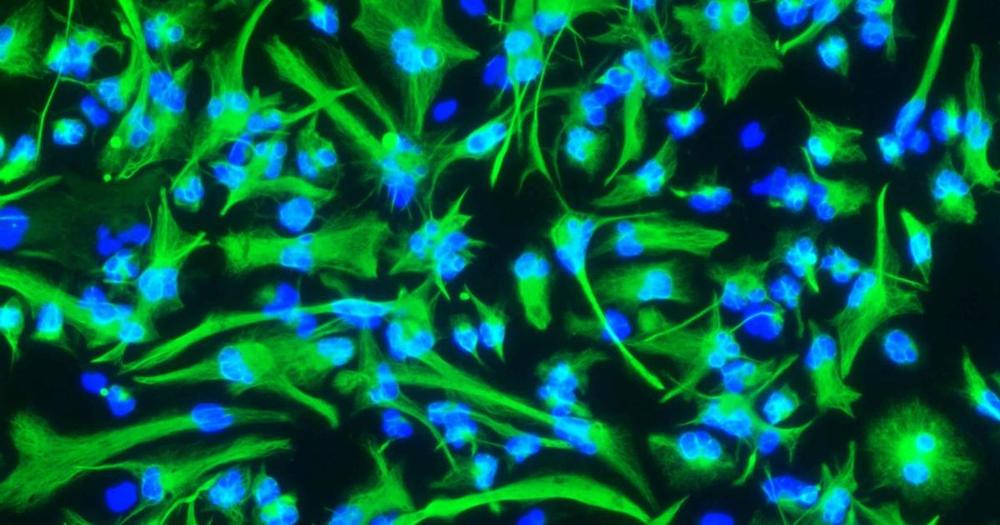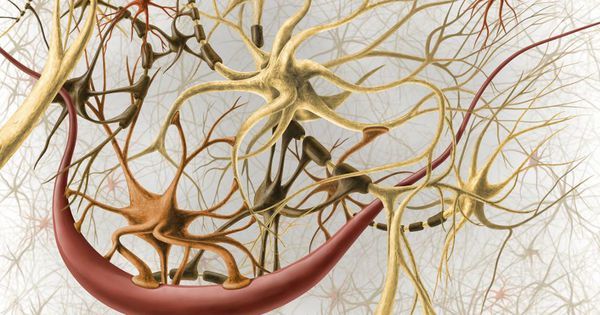Category: genetics


Signs of selection in the stomach
Helicobacter pylori, a globally distributed gastric bacterium, is genetically highly adaptable. Microbiologists at LMU have now characterized its population structure in individual patients, demonstrating an important role of antibiotics for its within-patient evolution.
The cosmopolitan bacterium Helicobacter pylori is responsible for one of the most prevalent chronic infections found in humans. Although the infection often provokes no definable symptoms, it can result in a range of gastrointestinal tract pathologies, ranging from inflammation of the lining of the stomach to gastric and duodenal tumors. Approximately 1 percent of all those infected eventually develop stomach cancer, and the World Health Organization has classified H. pylori as a carcinogen. One of Helicobacter pylori’s most striking traits is its genetic diversity and adaptability. Researchers led by microbiologist Sebastian Suerbaum (Chair of Medical Microbiology and Hospital Epidemiology at LMU’s Max von Pettenkofer Institute have now examined the genetic diversity of the species in the stomachs of 16 patients, and identified specific adaptations that enable the bacterium to colonize particular regions of the stomach.

Artificial intelligence detects a new class of mutations behind autism
Many mutations in DNA that contribute to disease are not in actual genes but instead lie in the 99% of the genome once considered “junk.” Even though scientists have recently come to understand that these vast stretches of DNA do in fact play critical roles, deciphering these effects on a wide scale has been impossible until now.
Using artificial intelligence, a Princeton University-led team has decoded the functional impact of such mutations in people with autism. The researchers believe this powerful method is generally applicable to discovering such genetic contributions to any disease.
Publishing May 27 in the journal Nature Genetics, the researchers analyzed the genomes of 1,790 families in which one child has autism spectrum disorder but other members do not. The method sorted among 120,000 mutations to find those that affect the behavior of genes in people with autism. Although the results do not reveal exact causes of cases of autism, they reveal thousands of possible contributors for researchers to study.

For The First Time, DNA Has Been Edited With CRISPR in Space
Humans may not be able to burp properly in space, but we can now edit a genome. For the first time, astronauts aboard the International Space Station (ISS) have used CRISPR-Cas9 to edit the DNA of brewer’s yeast.
The goal wasn’t to create super space yeast. The astronauts were studying how DNA repair mechanisms work in space, so they snipped through strands of the fungus’s genetic code in a number of places to mimic radiation damage.
“The damage actually happens on the space station and the analysis also happens in space,” said Emily Gleason of miniPCR Bio, the company that designed the DNA lab aboard the ISS. “We want to understand if DNA repair methods are different in space than on Earth.”


Scientists Project Holograms Into The Brain To Create Experiences
One day soon you may be filling your lungs with crisp ocean air, your arms bathed in warm light as the sun sets over softly lapping waters and you may wonder, is this real? Or are scientists projecting holograms into my brain to create a vivid sensory experience that isn’t actually happening? A group of researchers at University of California, Berkeley are in the early stages of testing their ability to create, edit and scrub sensory experiences from your brain, both real-time and stored experiences: memories.
Using light to make us see what isn’t there.
Different sensory experiences show up in brain imaging as patterns of neurons firing in sequence. Neuroscientists are trying to reverse-engineer experiences by stimulating the neurons to excite the same neural patterns. At present, the steps to accomplish this are a little invasive. Scientists genetically modify neurons with photosensitive proteins so they can gingerly manipulate neurons using light. The process is known as optogenetics. Also, a metal head plate gets surgically implanted over the targeted area.

The Government Is Serious About Creating Mind-Controlled Weapons
DARPA, the Department of Defense’s research arm, is paying scientists to invent ways to instantly read soldiers’ minds using tools like genetic engineering of the human brain, nanotechnology and infrared beams. The end goal? Thought-controlled weapons, like swarms of drones that someone sends to the skies with a single thought or the ability to beam images from one brain to another.
This week, DARPA (Defense Advanced Research Projects Agency) announced that six teams will receive funding under the Next-Generation Nonsurgical Neurotechnology (N3) program. Participants are tasked with developing technology that will provide a two-way channel for rapid and seamless communication between the human brain and machines without requiring surgery.
“Imagine someone who’s operating a drone or someone who might be analyzing a lot of data,” said Jacob Robinson, an assistant professor of bioengineering at Rice University, who is leading one of the teams. [DARPA’s 10 Coolest Projects: From Humanoid Robots to Flying Cars].

Scientists create new standard genome for heavily studied worm
A new Cornell University-led study finds that the genome for a widely researched worm, on which countless studies are based, was flawed. Now, a fresh genome sequence will set the record straight and improve the accuracy of future research.
When scientists study the genetics of an organism, they start with a standard genome sequenced from a single strain that serves as a baseline. It’s like a chess board in a chess game: every board is fundamentally the same.
One model organism that scientists use in research is a worm called Caenorhabditis elegans. The worm—the first multicellular eukaryote (animal, plant or fungus) to have its genome sequenced—is easy to grow and has simple biology with no bones, heart or circulatory system. At the same time, it shares many genes and molecular pathways with humans, making it a go-to model for studying gene function, drug treatments, aging and human diseases such as cancer and diabetes.